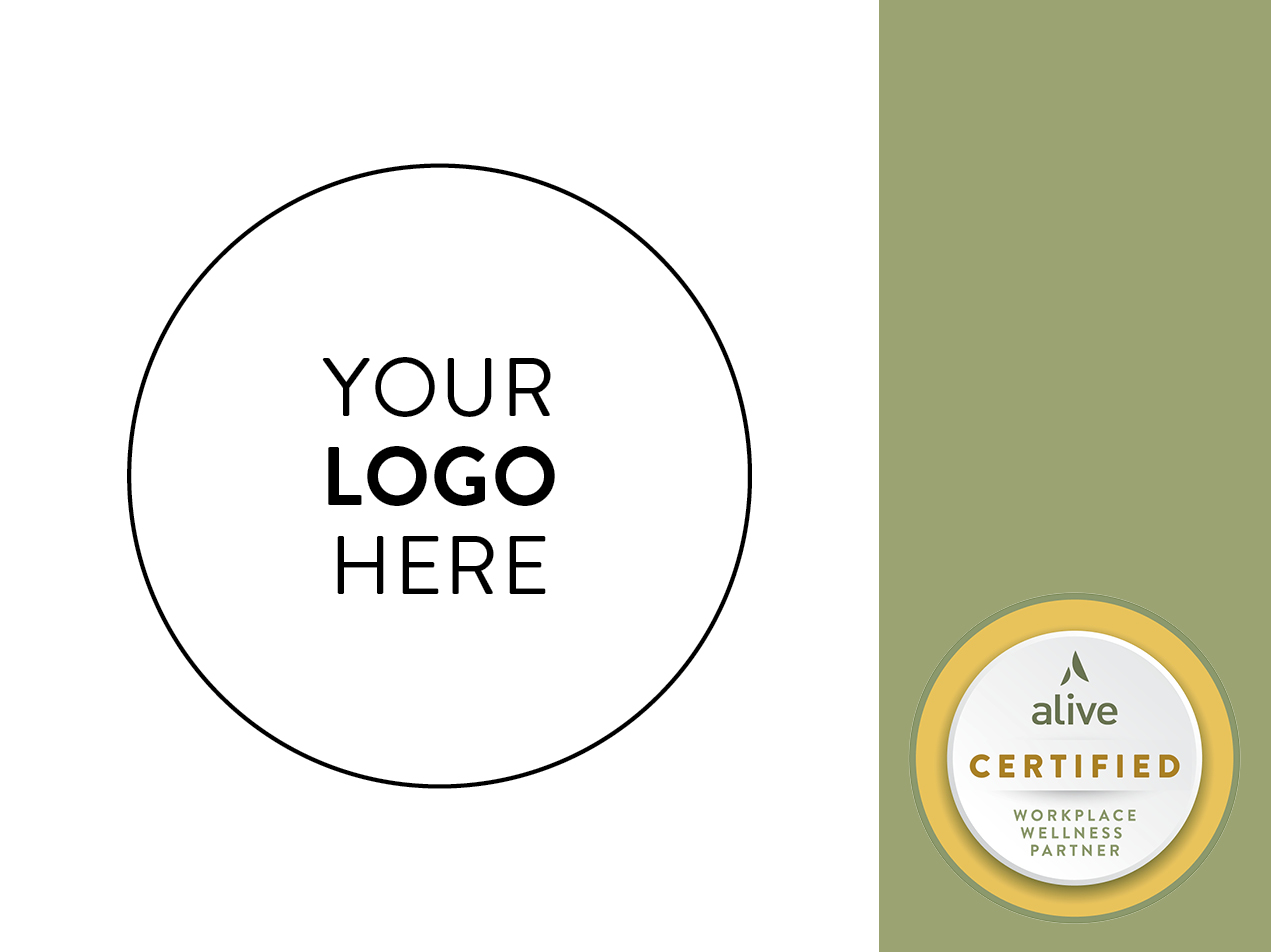
It may be surprising to learn, but napping—done right—can be a powerful daily tonic that brings numerous physical, mental, and emotional benefits, not to mention renewed energy for work. Here’s why, and how, to nap!
The benefits of napping
For a natural boost to your day, a nap is a hard thing to beat.
- Studies have shown that even a brief nap can reduce sleepiness and boost cognitive performance.
- One study comparing the impact of naps to that of caffeine—the daily stimulant favored by 90 percent of North Americans—showed that napping was the winner when it came to improving declarative verbal memory (word recall) and procedural motor skills.
- Studies have also found that naps may improve mood, reduce stress on the immune system, lower frustration, and aid in consolidating memory. Shift workers and those suffering from severe sleep debt are also major beneficiaries.
- In one study, researchers presented test subjects with a difficult computer game problem. After napping, the subjects were almost twice as likely to solve the problem compared to the non-napping control group, indicating that napping can be a significant aid to creative problem solving.
All told, napping can be a great, all-natural way to boost our energy, cognition, and emotional health. It’s high time we gave it a little respect.
When napping becomes excessive
It is possible to have too much of a good thing. One meta-analysis of napping studies found that while the risks of cardiovascular disease and all-cause mortality decreased among test subjects who napped for up to 30 minutes per day, rates of both increased among subjects who averaged more than 60 minutes.
So what makes the best nap?
To get the most out of your nap, it’s best to follow a few basic rules.
Keep it short
Keep naps to between 10 and 20 minutes per day to avoid negatively affecting nighttime sleep. Naps that extend beyond 30 minutes can also lead to excessive sleep inertia (grogginess) after waking.
Keep it regular
While researchers do not claim a cause-and-effect relationship, it is interesting to note that habitual nappers appear to experience less post-nap sleep inertia than non-habitual nappers, making for an easier and quicker transition back to the tasks of the day. Regular nappers may also be better able to consolidate motor learning during naptime.
Keep it early
Our circadian rhythms will dictate the best time of day to nap, but early afternoon is generally the most favorable time.
Lie down
Lying down to nap may be difficult in a work setting. Nevertheless, a study on the subject found that although it’s beneficial to nap both lying down and upright in a chair, you’ll gain more by lying down.
Start today
No matter what your situation—whether you’re at home, on the go, or at a forward-thinking workplace—a brief 10- to 20-minute daily nap can have an outsized impact on your health and well-being.






